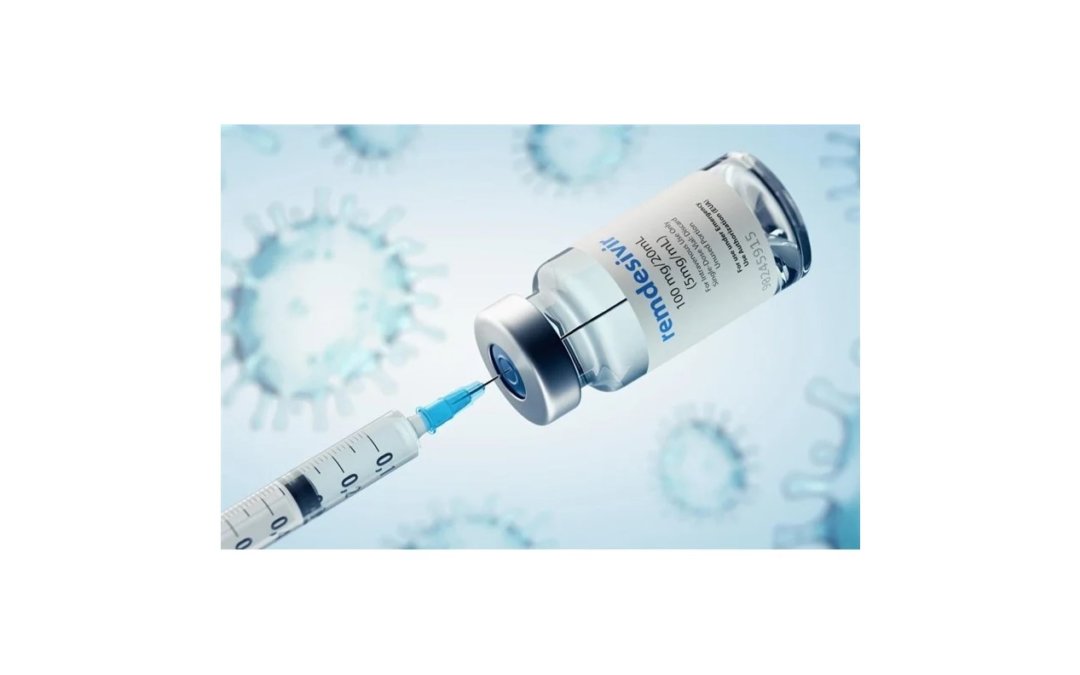December 5, 2022
A recent article that appeared December 1 in JAMA Open Network shows the retrospective analysis of Remdesivir treatment for inpatient mortality among COVID-19 patients using insurance claims data amongst 24,856 adults hospitalized between May 1, 2020 and May 3, 2021. Their data came from approximately 400 hospitals and medical and pharmacy claims which were derived from commercial, Medicare, and Medicaid health plans between December 1, 2018, and May 3, 2021.
They did matching in two states. In the first stage, they used 1:1 risk-set sampling (RSS) to match patients who started the remdesivir treatment to the control patients based on many demographic and other covariates based on timing of admission, etc. In the second stage, they subsequently used the pool of eligible patients in the RSS cohort to perform PS matching to identify cohorts of PS-matched remdesivir-exposed patients and control patients. We used PS methods to adjust for baseline differences between the remdesivir-exposed and control groups.
Their primary outcome was time to all-cause inpatient death, which they defined as a discharge status of “expired,” within 28 days of index. They then did two different analyes, initial treatment and as-treated. We performed 2 prespecified analyses: initial-treatment, which was like intention to treat and as-treated approaches.
They said that patients were censored on the earliest occurrence of discharge or maximum follow-up of 28 days. They then said they used cause-specific hazards models to estimate hazard ratios (HRs) and 95% CIs of remdesivir compared with control patients at a significance level of 5% using no covariates in the actual model due to the PS matching. Nothing is discussed about the proportional hazard assumption for the Cox model. They also additionally performed which they called “post-hoc testing”, a Fine-Grey competing risk analyses and a tipping point analysis using an E-value. This is only described in some more detail in their Supplement.
Even though the 28-day mortality rate for the remdesivir group was 0.5 per person-month while in the control group it was 0.6 per person-month, their findings concluded that Remdesivir treatment was associated with a statistically significant 17% reduction in inpatient mortality among patients hospitalized with COVID-19 compared with propensity score–matched control patients (hazard ratio, 0.83 [95%CI, 0.79-0.87]). However, it is difficult to trust these results given the lack of model accountability and the strong crossover effect they had from patients moving from control to remdesivir and so even they admit, strong chance of misclassification. Frankly speaking, the analyses suffered from so many various biases that the main positive element was that they had such a large sample size but even that may not be enough to recover from the selection, misclassification, and other biases apparent in these analyses.
Written by,
Usha Govindarajulu
Keywords: COVID-19, remdesivir, propensity matching, Cox model, competing risks
References
Chokkalingam AP, Hayden J, Goldman JD, et al. Association of Remdesivir Treatment With Mortality Among Hospitalized Adults With COVID-19 in the United States. JAMA Netw Open. 2022;5(12):e2244505. doi:10.1001/jamanetworkopen.2022.44505
https://d2jx2rerrg6sh3.cloudfront.net/image-handler/ts/20220126104228/ri/750/src/images/news/ImageForNews_702689_16432117480469702.jpg
